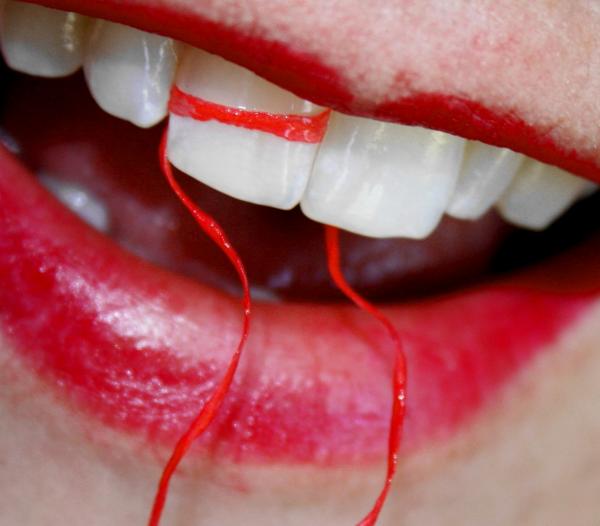Sometimes information comes from unexpected places — for example, who would expect new insights into the process of tooth decay to come from research into the ocean? Yet that's what occurred with respect to bacteria that can sequester phosphate — in both marine and oral environments. Led by Dr. Ashley A. Breiland from the Department of Earth Sciences, researchers from the University of Minnesota investigated whether bacteria known to accumulate polyphosphate (PAB) in the ocean and in wastewater might also play a role in the promotion of tooth decay. Unlike other bacteria that make short chains of phosphate atoms, these particular types of bacteria accumulate long chains of phosphate atoms (polyphosphates), and can thus alter the ionic environment around them.
Tooth enamel is composed primarily of a combination of calcium and phosphate called hydroxyapatite. Removal of phosphate from the mineral matrix weakens the enamel and can make it vulnerable to degradation by bacterial acids.The presence of such bacteria in the oral environment suggested to these investigators that this process could be involved in promoting carious lesions (cavities). They determined:
- A large number of different bacterial species contain the genes coding for enzymes needed to form polyphosphates.
- Some of these bacteria are frequently found in dental plaque, and one species, Lactobacillus rhamnosus, was used as an indicator of polyphosphate accumulation. This species is often found associated with carious lesions.
- Dental plaque obtained from 30 persons, lesions of the dentine, as well as L. rhamnosus all contained intracellular polyphosphate inclusions.
- L. rhamnosus, by its uptake of phosphate from the surrounding medium (saliva in the mouth) could, under the right conditions, reduce its concentration to the point that dissolution of the tooth enamel would occur.
The authors suggested
[T]he mere presence of heterogeneous dense assemblages of PAB in the oral community conceivably introduces a new paradigm in the realm of dental disease and oral microbial ecology.
They explained that cavities initiated by exposure to acids in the mouth might lose mineral integrity more easily when also exposed to PAB such as L. rhamnonus.
Such insights into the etiology of dental disease are important, as many Americans apparently aren't scrupulous about dental care. For example, one report from the CDC says over one third of older Americans have untreated cavities. And 20 percent of children under 12 have at least one untreated decayed tooth. That's a lot of cavities, and a lot of potential for associated dental problems down the road. Understanding risk factors for such problems may help us avoid them.
http://aem.asm.org/content/early/2018/01/15/AEM.02440-17.full.pdf
https://www.cdc.gov/policy/hst/statestrategies/oralhealth/index.html




